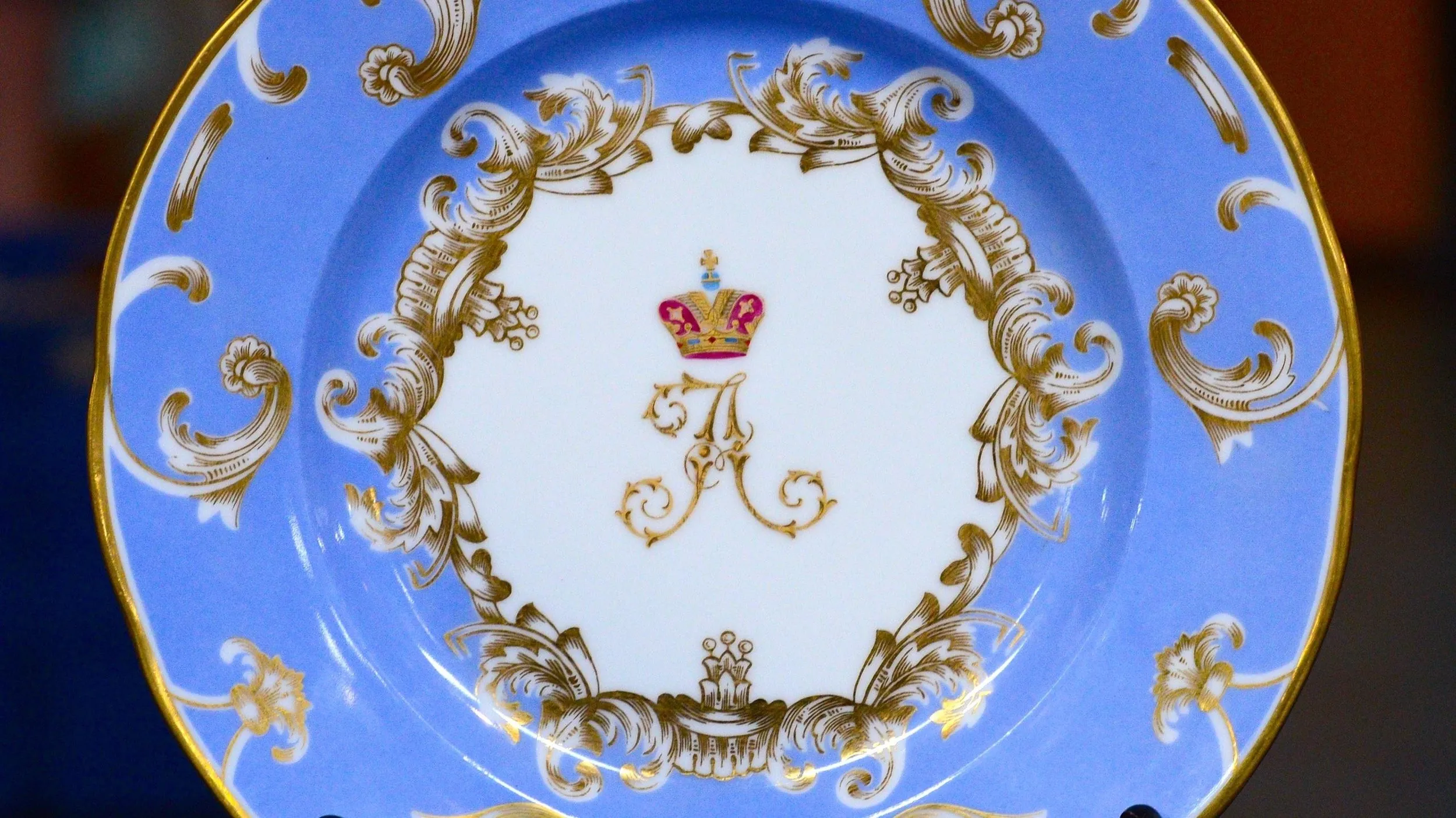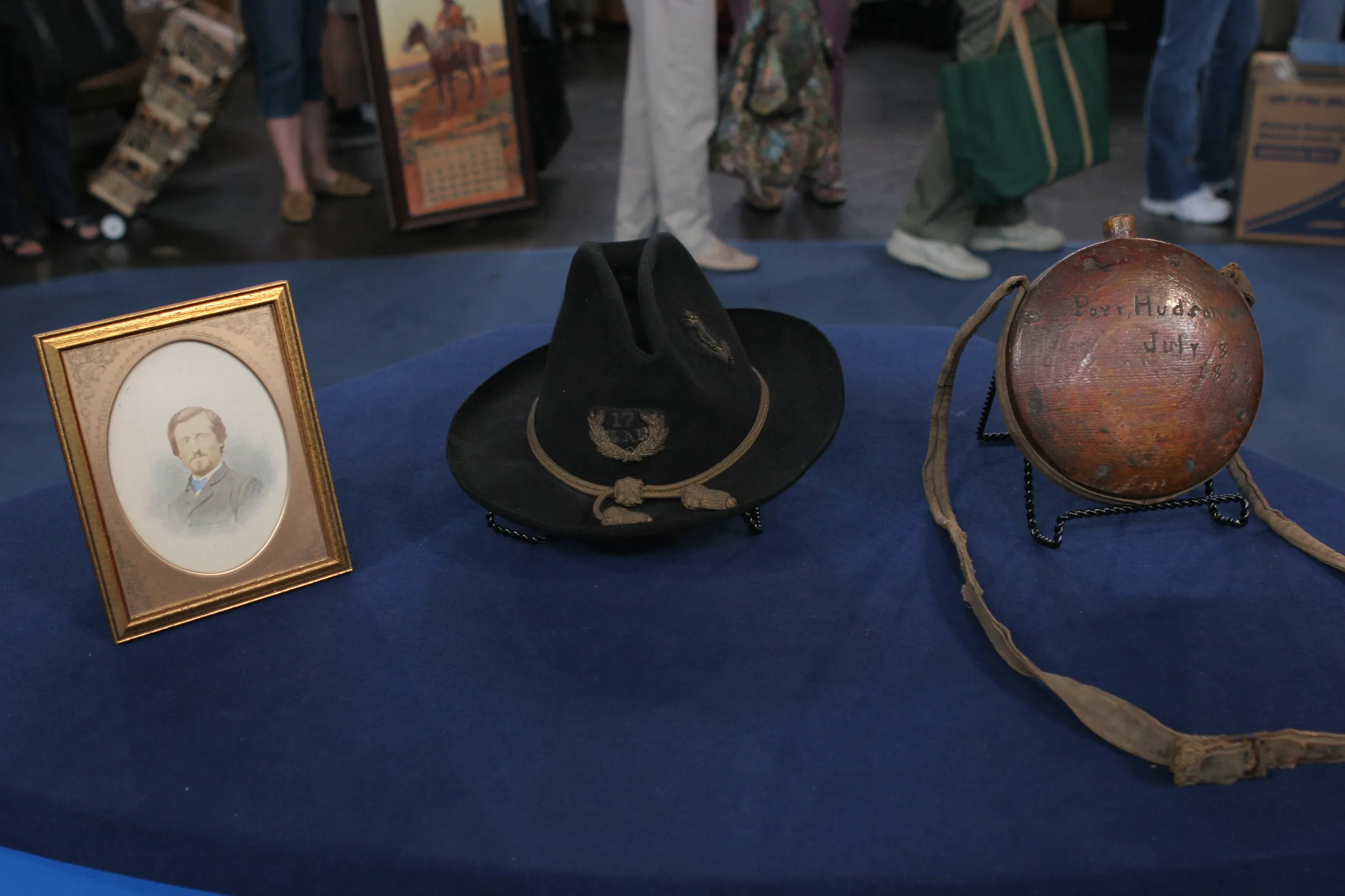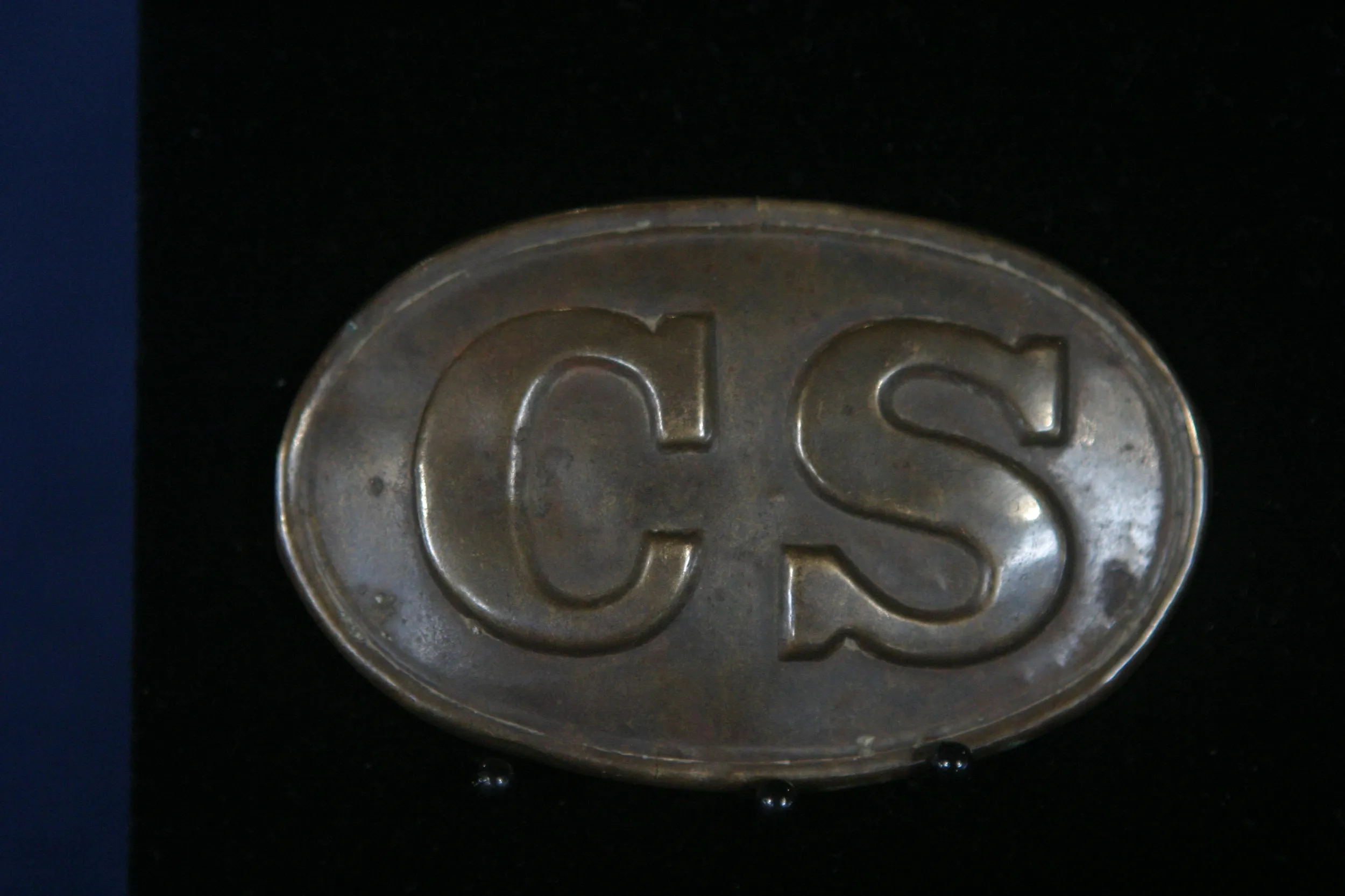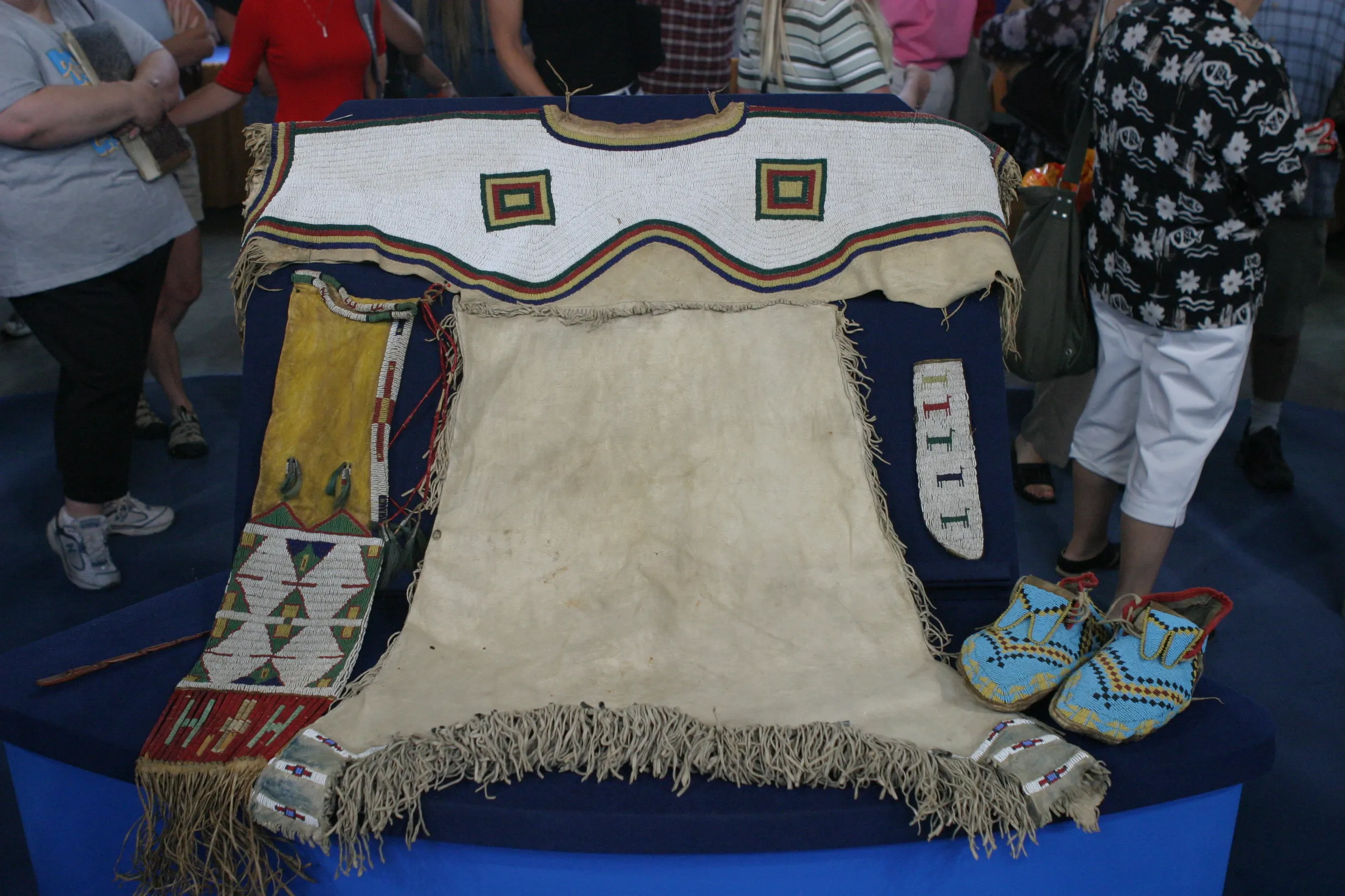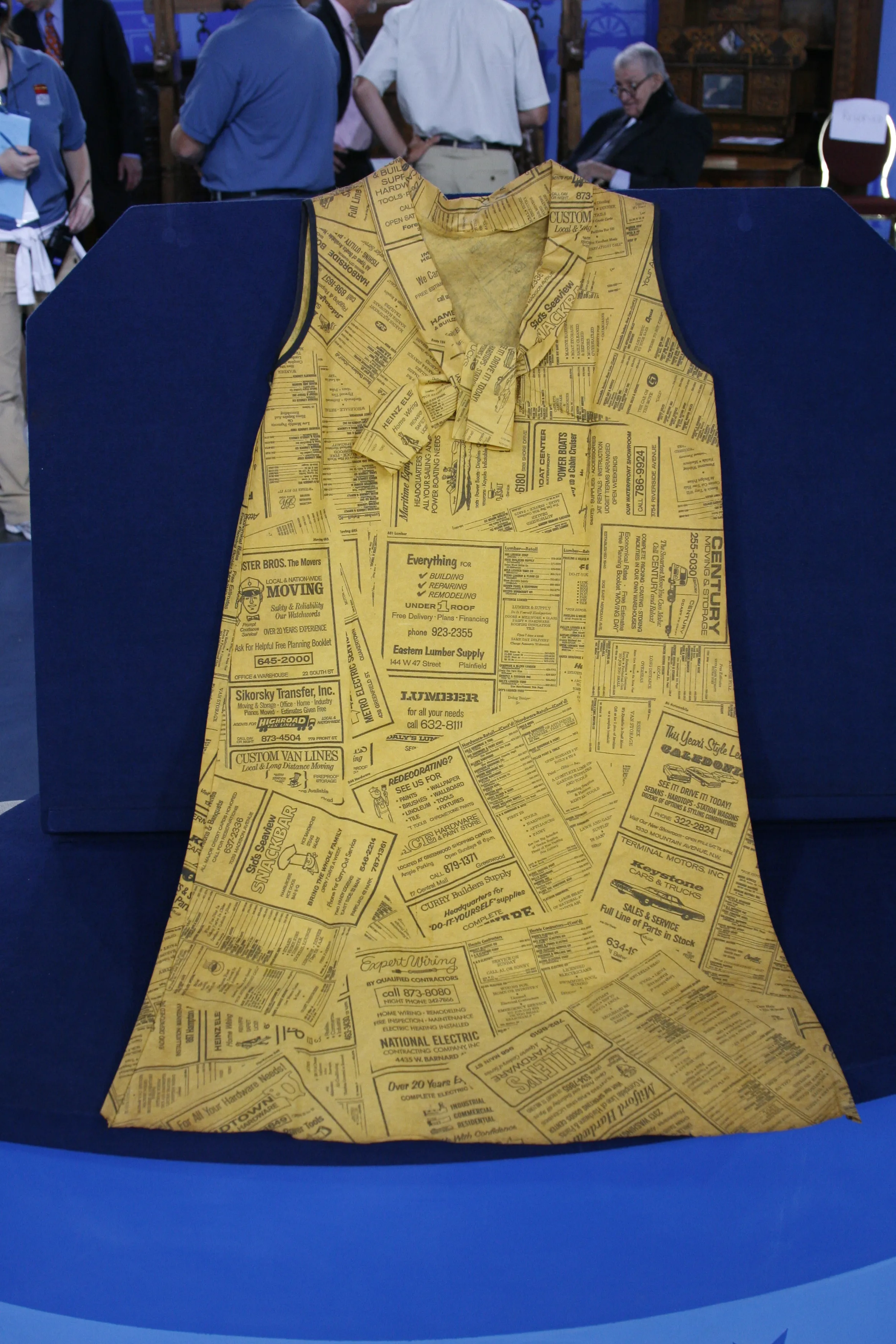GUEST: We think it's a ceremonial robe from China. Our cousin was a Navy medic in the Second World War. He acquired it in China when he was there. He married a Chinese lady, a beautiful Chinese lady, and stayed there for about a year or so after the war was over, and he brought it home.
APPRAISER: These robes are not always easy to display. Did the urge to chop it up and frame it ever enter your mind?
GUEST: Never thought about it.
APPRAISER: Well, I'm so glad to hear that, because too often, we see wonderful Chinese robes that have been chopped and mutilated and framed and glazed, so it's a wonderful thing that didn't happen. Chinese robes come in various styles and forms. Some are single-toned. However, this is vibrantly colored. This is a summer robe. It's a very light, breathing gauze fabric, and this would be worn to the exterior of other clothing.
GUEST: Who would have worn it?
APPRAISER: These robes, and the colloquial term is often "dragon robe," were worn in the imperial palace. However, there were a huge volume of servants, officers, court attendants who would be required to wear these, so they're not terribly rare. Now, when we look at a Chinese robe, there are a few identifying features that tell us a story. First is the dragon, gilded dragon in gold thread. In this instance, it represents the mandate that the imperial household has to govern, and good governance to the people. Now, around the dragon are these circular silver spheres. These are often referred to as the flaming pearls of wisdom, and often the dragon is chasing these flaming pearls of wisdom. It was probably manufactured within 1900 to 1911-- late dynastic China. One sold in London, 1990, 1991, for about $550. The market's changed, these are very decorative, and in the Chinese antiques market, you get a lot of decorative arts. So a conservative auction estimate would be $4,000 to $6,000.
GUEST: Nice. I like that.
APPRAISER: For insurance purposes, probably around $8,500 to $10,000.
GUEST: Oh my gosh! That is amazing.

